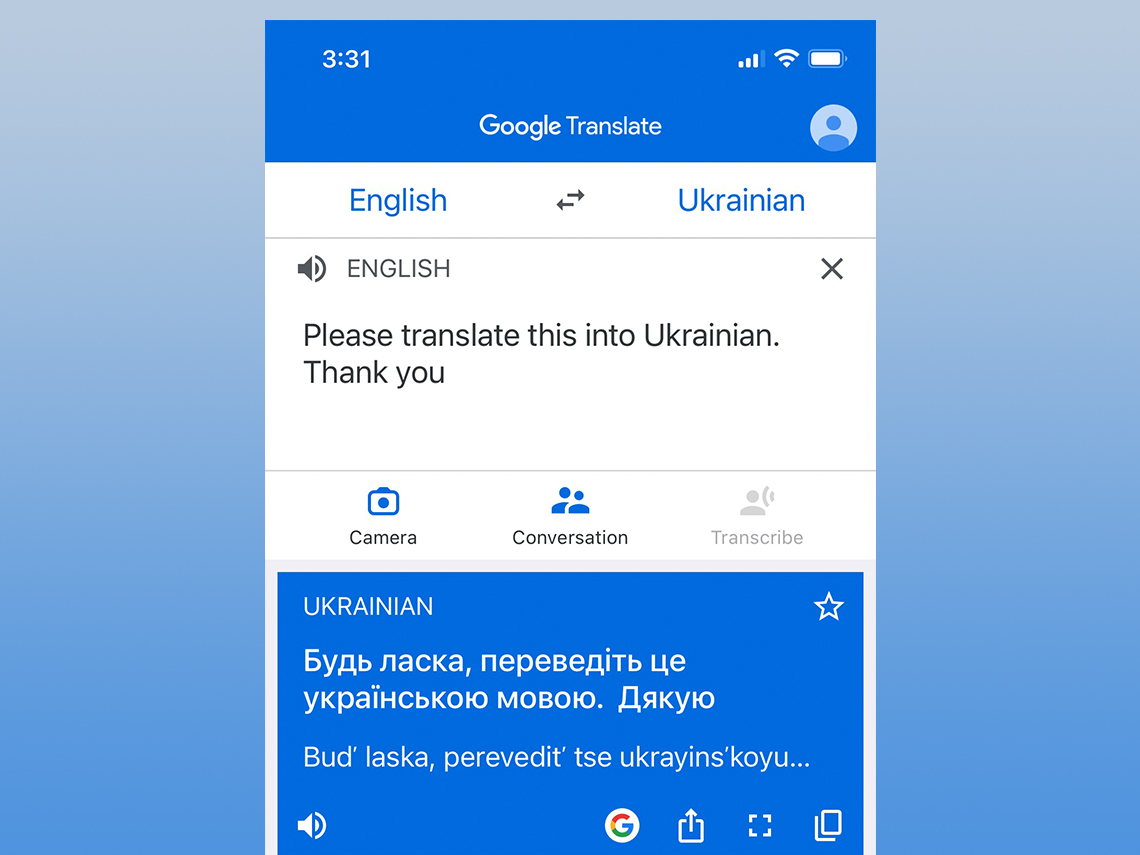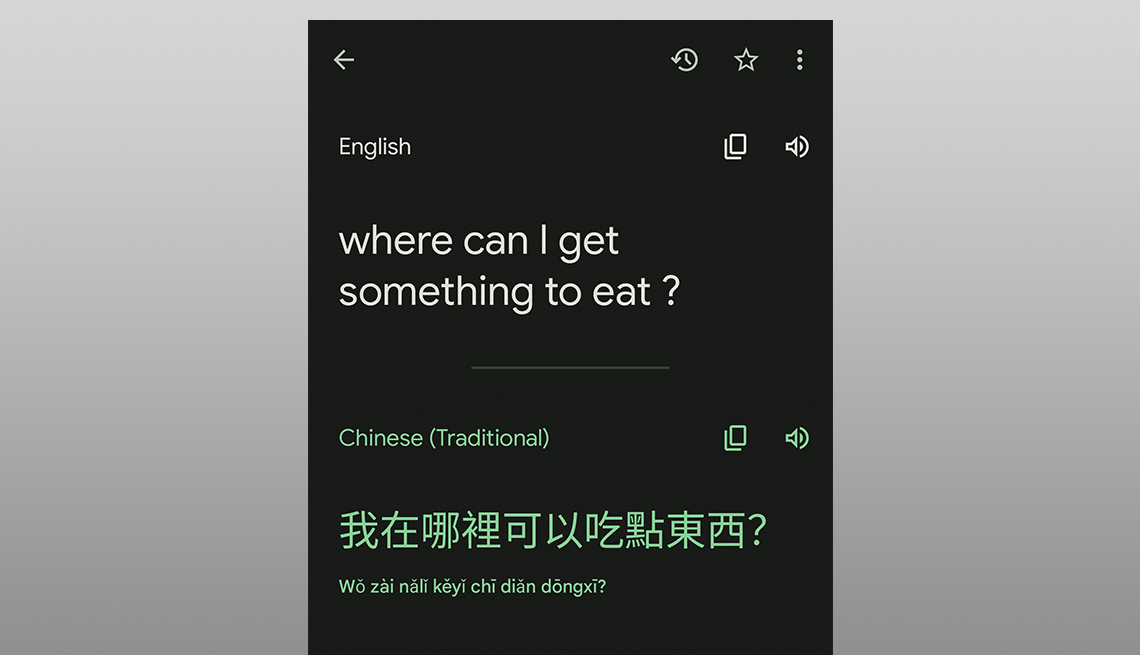When discussing the so-called “bad or offensive words” of the financial world, one term stands above all: STAGFLATION!
Were you a fan of George Carlin?
I know I was. I truly believe he was one of the most brilliant social commentators of our time.
Note that I called him a social commentator, not a comedian.
The truth is that while Carlin was funny and was considered a stand-up comedian…I never looked at him as such.
To me, he was an observationist that was able to cut to the truth of our society, and he did it while making people smile and laugh, even when that truth wasn’t pleasant to hear.

Funny? Yes…
But his insight was worth so much more than just “stand-up material,” so to call him a comedian does a great disservice to who he really was.
One of his greatest “bits” was his commentary on the seven words that you can’t say on television. I won’t list them here…but I bet you can guess what some of them are.
Anyway, the segment showed just how ridiculous it is to have words that we can’t say because they’re offensive because being offended is entirely subjective.
Subjectivity creates a slippery slope. We don’t know where the line is drawn…or even who gets to draw that line.
The Dirtiest Financial Word
However, in the financial world, we’re a bit luckier. The words that “offend” are almost universal.
To list a few: foreclosure, depression, insider trading, recession, inflation, short-seller…
These kinds of terms get our hackles up–some more than others–but even so, there are certain people who don’t mind these terms, which brings us back to the subjective portion of this conversation.
However, there is one term that is all-but-guaranteed to ruffle feathers across the board.
That disgusting term is Stagflation.

Did you just shudder at the mere mention of the word? Do you feel like you need a shower? Can’t say I blame you…
Stagflation is the most disgusting word in the financial dictionary because it represents the non-movement of our economy.
Say what you want about the other terms, but at least there’s movement involved. We know what to expect and what to do…
When the word “stagflation” gets thrown into the mix, we’re stuck in limbo.
Now, why are we even talking about stagflation?
Well, because there are more than a few analysts talking about it in the financial news world right now. The war in Ukraine could easily exacerbate the global inflation that has been driving up prices on everything from food and gas to flights and hotels.
While a recession could be possible, we’re not even in a bear market yet, so that’s a ways down the road.
But stagflation? That could happen… easily.
What is stagflation?
Well, most consider “stagflation” an economic period of high prices coupled with little to no growth in the economy. It’s a pretty simple definition, though, it’s hard to pinpoint what the “high” and “low” are because, again, that stuff can be subjective.
However, what’s important to understand is that historically, most of our economic recoveries ended with stagflation before turning into a recession–and seeing how we’ve had one of the longest recoveries to date since the crash of 2008, we may be overdue.
Battling Stagflation: Where To Look
So, if stagflation is on the table, what do we as investors do to combat it?
Well, we start by finding financial havens that tend to grow during weird financial times.
When it comes to combating stagflation, you want to find stocks that have STRONG earnings ability with a healthy cash flow. That means looking in the financials, materials, energy, consumer services, and healthcare sectors for those quicker returns.
Or, if you think that stagflation is going to hover over our heads for a while, then you may want to find some longer-term prospects in domestic small-caps or even some emerging markets plays–save for ones in China, of course. You may want to avoid investing there.
However, if stagflation is HERE, there’s really only one true kryptonite to bring it down, and that’s commodities.
Metals, oil, natural gas–these are the safest places to be during a stagflationary period. Knowing all of this BEFORE it’s here will go a long way towards making sure we’re as prepared as possible.
As much as I hate talking so negatively lately, the fact of the matter is that I don’t have a choice. My job isn’t to pull the wool over your eyes; it’s to show you all of the possibilities laid out before us, good or bad.
I’d rather you know than be caught with your pants down.
I believe that information defeats fear of the unknown…
And if you’re not afraid, you can act accordingly to profit as much as possible.
“The oldest and strongest emotion of mankind is fear, and the oldest and strongest kind of fear is fear of the unknown” – H.P. Lovecraft











